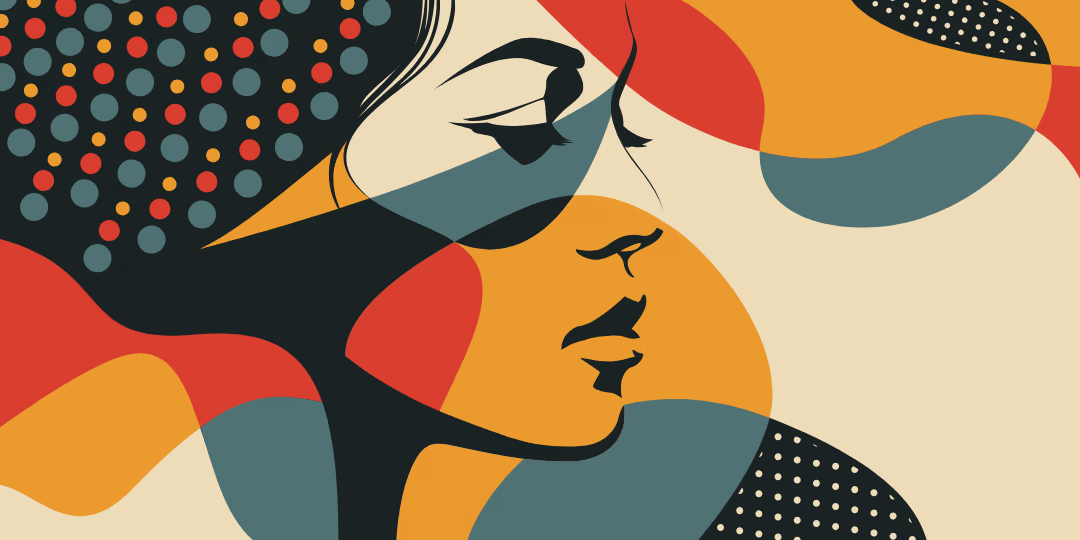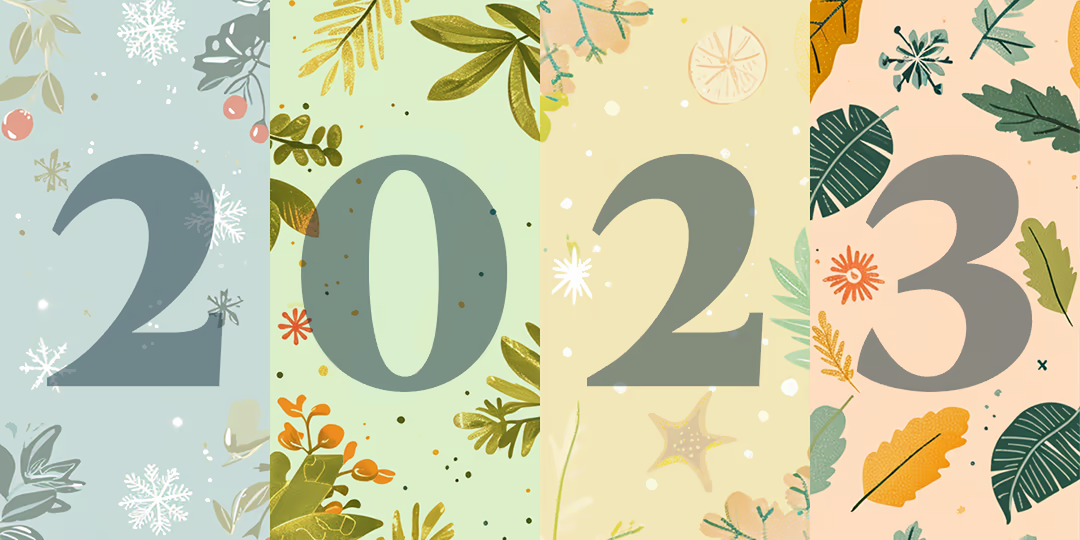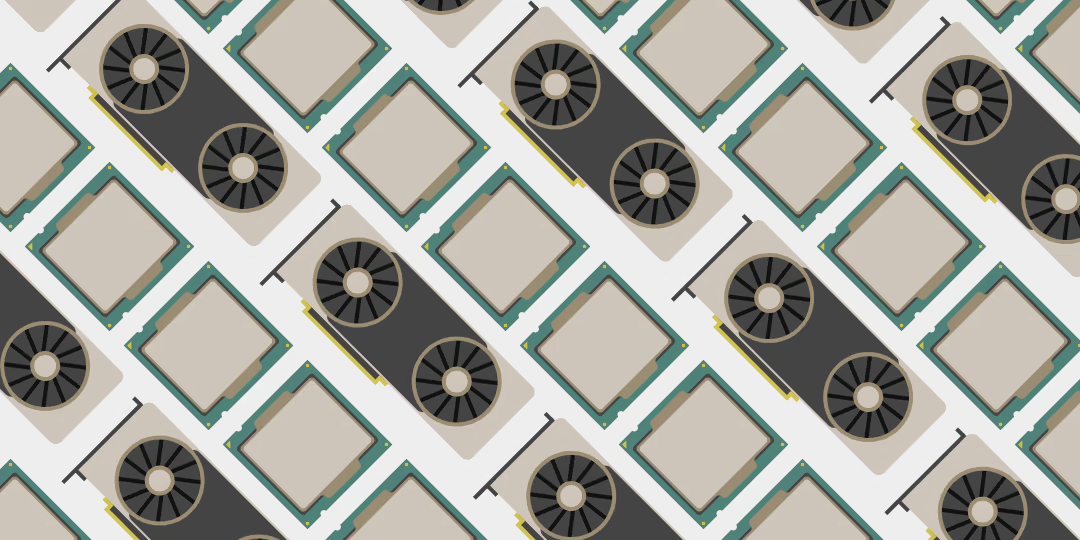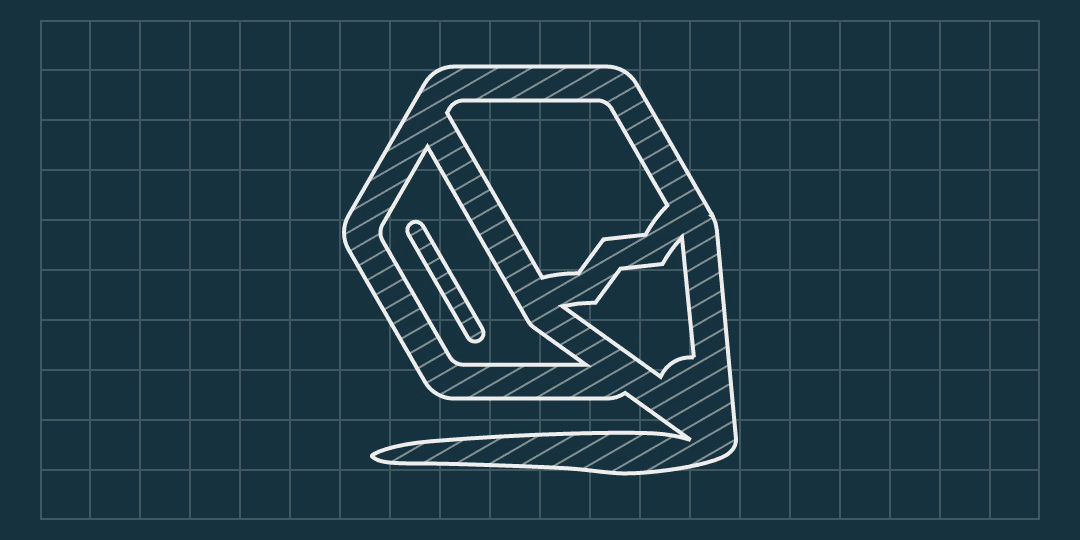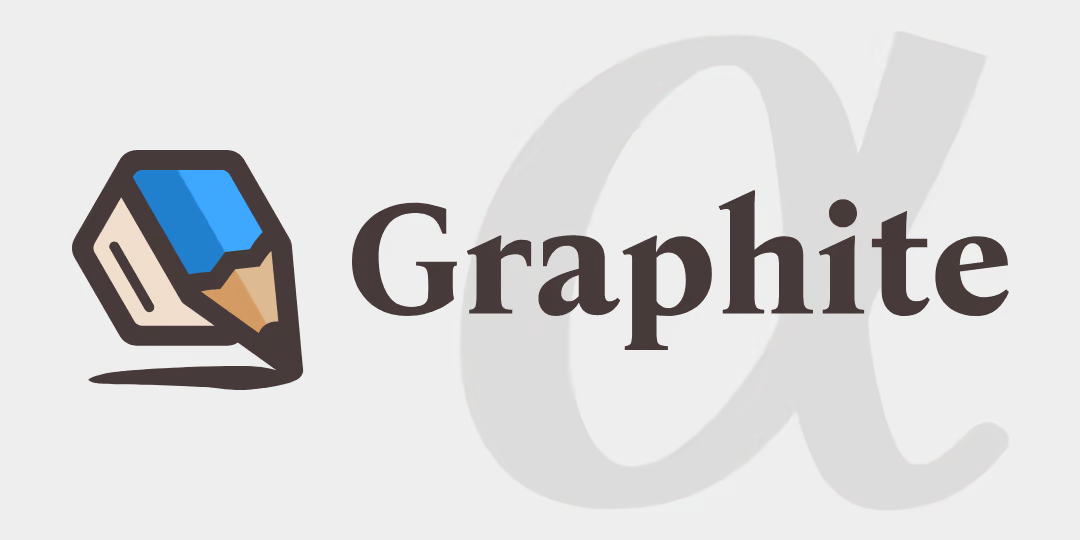Blog
Latest news and articles from the Graphite team.
Graphite, an open source 2D procedural graphics editor, has spent the months of July, August, and September introducing node graph organisation, non destructive vector editing, faster boolean operations, and many more improvements. In this quater we have continued iterating on the usability of our unqiue node powered vector workflow. As we reach the conclusion of the Google Summer of Code projects, we now have a polished node graph organisation system, a working RAW image pipeline (not yet in the editor), and a WebGPU based renderer (File -> Preferences -> Vello). Thanks to the students for their hard work on this and to Google's open source team for sponsoring.
Graphite, a new open source 2D procedural graphics editor, has spent April–June introducing boolean path operations, a new gradient picker, layer locking, and more improvements. Overall, editor functionality has been shaping up and becoming an all around useful tool suite, with notable reductions in rough edges for the vector graphics workflow (our initial focus). Raster and raw photo processing workflows are also now in-development by our Google Summer of Code student interns. Node graph quality-of-life improvements centered around tidy node organization are also the focus of the summer work that's underway. These projects are detailed below.
Graphite is a new 2D vector graphics editor bringing a modern, nondestructive approach to creative workflows with node-based procedural generation. The project is currently three years into development, with a focus on streamlining the creative process for procedural vector artwork. See the roadmap for a more in-depth summary of the goals for 2024 and beyond.
Calling Rust and computer graphics developers: spend your summer contributing to open source and get paid by the Google Summer of Code program. We are excited to announce our first year participating as a mentoring organization in GSoC 2024. Interested prospective applicants should get involved right away and prepare proposals by the April 2 deadline.
The new year is here, and with so many accomplishments to share from the past twelve months, let's revisit the highlights of 2023 for the Graphite project. Now that winter has entered, let's swing back to the spring, summarize the summer, and follow this fall's noteworthy developments that brought another year of fruitful progress to Graphite's mission of re-envisioning artists' 2D creative workflows with the best free software we can build for the open source community. This past year as a team, we all got closer— to one another from continents apart; to visiting and connecting with our industry peers; and to reaching exciting new development milestones.
Graphite is a professional 2D graphics editor for photo editing, image manipulation, graphic design, illustration, data visualization, batch processing, and technical art. It is designed to run on a variety of machines, from mobile hardware like iPads or web browsers on midrange laptops up to beefy workstations with dozens of CPU cores and multiple GPUs. To provide a responsive user experience, its architecture is made to support the use of distributed computation to make up for deficiencies in local compute power. Resulting productivity benefits will scale for users on hardware ranging from low-end mobile devices up to high-end workstations because documents and use cases can grow to great complexity. This article explores the current thinking about the problems and potential engineering solutions involved in Graphite and Graphene for building a high-performance distributed computing runtime environment. We are only just embarking on the graph engine implementation, meaning this post describes theoretical approaches to theoretical challenges. The aim is to shed light on what will need to be built and what we currently believe is the trajectory for this work. We hope this post prompts discussions that evolve the concepts and approaches described herein. If this topic sounds interesting and you have feedback, please get in touch.
Graphite is an open source, cross-platform digital content creation desktop and web application for 2D graphics editing, photo processing, vector art, digital painting, illustration, data visualization, compositing, and more. Inspired by the open source success of Blender in the 3D domain, it aims to bring 2D content creation to new heights with efficient workflows influenced by Photoshop/Gimp and Illustrator/Inkscape and backed by a powerful node-based, nondestructive approach proven by Houdini, Nuke, Blender, and others. The user experience of Graphite is of central importance, offering a meticulously-designed UI catering towards an intuitive and efficient artistic process. Users may draw and edit in the traditional interactive (WYSIWYG) viewport with the Layers panel or jump in or out of the node graph at any time to tweak previous work and construct powerful procedural image generators that seamlessly sync with the interactive viewport. A core principle of the application is its 100% nondestructive workflow that is resolution-independent, meaning that raster-style image editing can be infinitely zoomed and scaled to arbitrary resolutions at a later time because editing is done by recording brush strokes, vector shapes, and other manipulations parametrically.
The Graphite open source team is proud to announce the release of the alpha version of our next-generation graphics editor. This is the culmination of one year of development (and 1000 GitHub stars) by our passionate and dedicated community. The alpha release, a minimum viable product vector editor web app, completes the first chapter for our project. We can't wait to now forge ahead towards additional milestones and a beta release as we build a node-based procedural workflow, a raster graphics compositing engine, a native desktop client, and further ambitions.
